
Sixty years ago this week — on August 12, 1960 — Dr. Seuss published what would become his biggest-selling book of all time. Written as the result of a $50 bet between Seuss and his friend and publisher at Random House, Bennett Cerf, the book, by some estimates, has sold north of 200 million copies.*
The book? Green Eggs and Ham.
When I discuss Becoming Dr. Seuss with audiences, Seuss fans tell me they have warm memories of this one; it’s the book that taught them how to read, or it’s the first book they received as a gift — or, as grown-ups, it’s a book they can still quote and recite word-for-word. And it is a great book–but it’s an important one, too, both in the Seuss library and in the overall oeuvre of children’s literature. There’s a lot going on between its colorful orange boards, the result of sweat, inspiration, and no small amount of luck. But to truly appreciate how smart, and how important Green Eggs and Ham is, we need to go back a few years before its 1960 publication to get some background and some context.

Let’s start, then, by checking in with this May 1954 issue of LIFE magazine (that’s comedic actress Kaye Ballard on the cover, by the way, who was burning up Broadway in the musical The Golden Apple and would later make an appearance on The Muppet Show) which features an article by Pulitzer Prize winning novelist John Hersey titled, “Why Do Students Bog Down on the First ‘R’?” The cover text teases the article as “Why Can’t My Child Read?” but the gist is the same: namely, Hersey was discouraged by the low rates of childhood literacy in the United States, and placed the blame for children’s lack of interest in reading squarely on the shoulders of the ponderous Dick and Jane standard reading primers on which several generations of children had been raised.
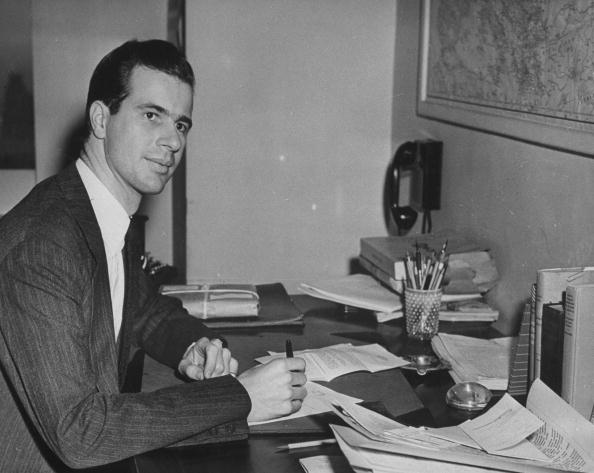
The real problem, as Hersey saw it, was that Dick and Jane were terrible. The text — with its now-easily lampooned, “Look, Jane, look. See the ball?” syntax — was bad enough, but Hersey thought the artwork was even worse–“insipid illustrations depicting the slicked-up lives of other children,” he railed. No one, he concluded, was interested in reading about Dick and Jane and their lives of quiet desperation. At the very least, suggested Hersey, couldn’t they get Dr. Seuss to illustrate the otherwise turgid text?
They never would get Dr. Seuss to illustrate Dick and Jane; instead, Seuss was approached by William Spaulding, an editor of children’s books at Random House rival Houghton Mifflin, who had read Hersey’s article and begged Dr. Seuss to “write me a story that first graders can’t put down.”
But there was a catch. Putting aside all their other problems, Dick and Jane were at least living their dull lives inside an actual reading primer, operating under a strict educator-approved vocabulary list of about 300 unique words at the first grade reading level. For his book, then, Dr. Seuss would have to play by those same rules, using only the words on the sanctioned reading list. Seuss told Spaulding he’d take the list home and “play with it.”
He played with it for nearly a year. It was, he said later, an “impossible and ridiculous task…I was forbidden to use any words beyond the list. I almost threw the job up.” Eventually, he decided to read through the list one last time, vowing that “if I find two words that rhyme and make sense to me, that’s the title.” Unfortunately, tall and ball were a bust.
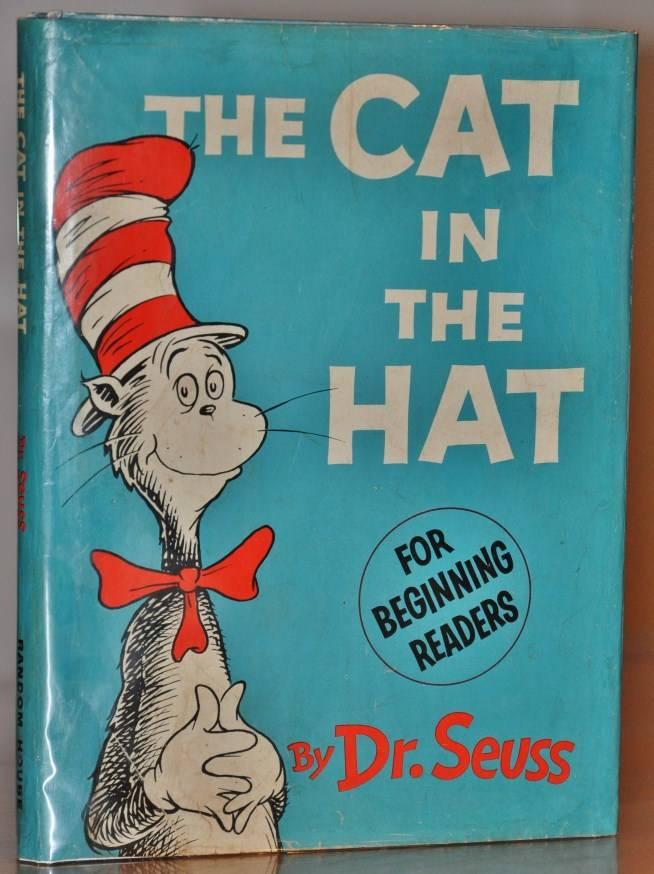
Cat and hat, however, were not.
After another year of work, Dr. Seuss published The Cat in the Hat in the Spring of 1957.** For Cat, Seuss had used 236 unique words from the word list. (His total word count, with repeated words, is about 1,600.) It was Seuss’ first real blockbuster of a book — the one that permitted him to finally devote himself full-time to writing and drawing books for children. But more importantly, Cat in the Hat is a bestseller with a pedagogy; with its reliance on the officially-sanctioned word list, it’s a book teachers approved of, one parents loved, and one kids actually wanted to read. In 1957, that was a game changer.
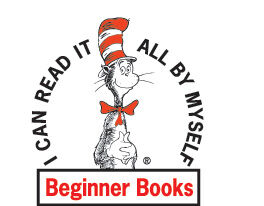
Inspired by the huge success of the Cat, Random House created a new imprint called Beginner Books, aimed squarely at beginning readers and which continued to lean on the educator-approved word list. Dr. Seuss was brought in as the imprint’s president and editor–a seat from which he would not only recruit and work with other writers and artists on children’s books (one of the most popular of which was P.D. Eastman’s Go, Dog. Go!) but would also regularly produce his own books under the new logo, featuring the Cat himself.
Among the first books Dr. Seuss produced for the Beginner Books imprint was One Fish Two Fish Red Fish Blue Fish, completed in 1959. One Fish was an experiment for Seuss, as he was deliberately using an even more restrictive word list of short words, and placing the accompanying drawings as close to the text as he possibly could, like so:

It would be the prototype for a new line of books Seuss was already informally calling “Beginner Beginner Books,” aimed at very early readers with limited vocabularies. Soon, there would be a new imprint at Random House, overseen by Seuss, and formally designated with the moniker Bright & Early Books. The Bright & Early Books relied on an approved vocabulary list of only 182 simple words—a little more than half as large as the already restrictive list adhered to by Beginner Books.

Still with me? In 1959, Random House publisher Bennett Cerf approached Dr. Seuss and gleefully pointed out that the new Bright & Early imprint relied on a tight list of 182 words. Then he laid down a playful and very specific challenge: could Dr. Seuss write a book using only 50 of those words?
Cerf bet Dr. Seuss $50 that he couldn’t.
Challenge accepted.
Seuss, who who had agonized and struggled with a broader and less restrictive word list as he worked on The Cat in the Hat, nevertheless rose to the occasion. But it’s probably no coincidence that the resulting book was all about convincing someone to do something they didn’t really want to do.
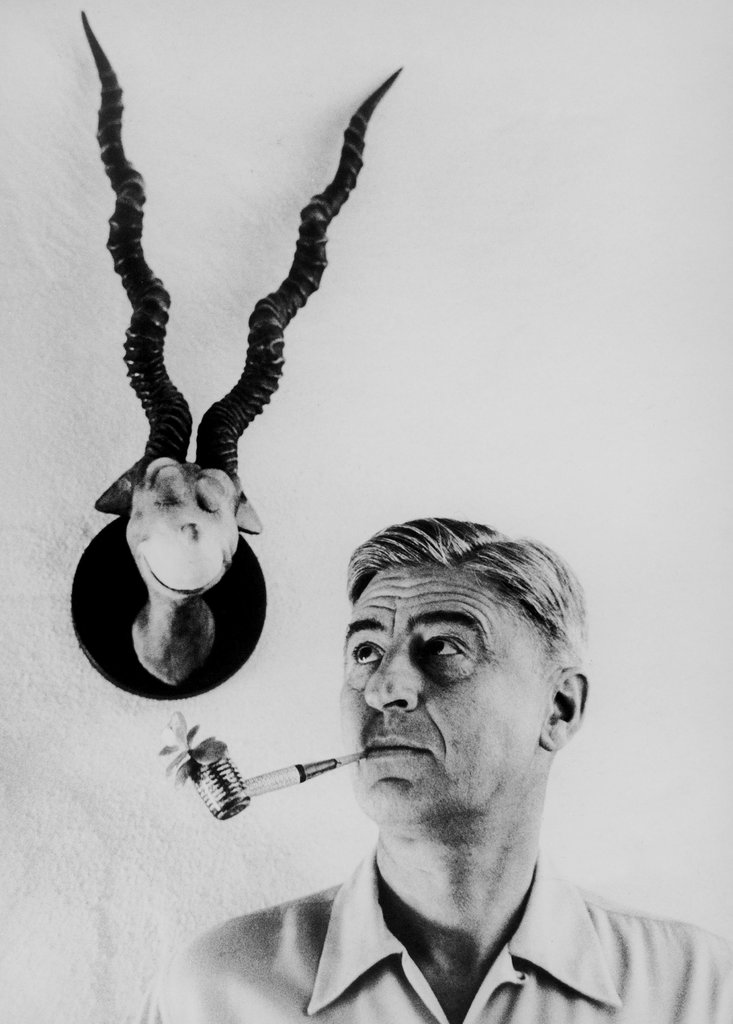
Green Eggs and Ham would be its own kind of misery, requiring Seuss to create complicated charts, checklists, and multiple word counts as he struggled to keep track of the words he was using. He also imposed on himself a requirement to stick with one-syllable words, though he would make an exception for “anywhere,” which was made up of two short words that young readers would know.
Rhyming, too, could be tough with a fifty word restriction. “The agony is terrific at times, and the attribution is horrible,” he said. “If you’re doing it in quatrains and get to the end of four lines and can’t make it work, then it’s like unraveling a sock. You take some of your best stuff and throw it away.”
Dr. Seuss delivered Green Eggs and Ham to Cerf at Random House in 1960. He was glad to be done with it, and somewhat nervous about how it would be received.
We all know how it turned out. “The good doctor has scored another triumph,” exclaimed the New York Times, while one reviewer wrote presciently of Green Eggs and Ham: “A vocabulary of only fifty words, but they will long be remembered.”

For the rest of his life, Dr. Seuss would find himself at book signings and dinners in his honor where he would be served plates filled with green eggs and ham. “Deplorable stuff,” he said later, “The worst was on a yacht in six-foot seas.”
Generations of readers would look for hidden meanings and metaphors in its text—but for Dr. Seuss, Green Eggs and Ham was only ever about one thing: “Cerf bet me fifty bucks I couldn’t write a book using only 50 words,” he said later. “I did it to show I could.”
Oh, and Seuss also said later that Bennett Cerf never paid him his fifty dollars.
Regardless, Happy 60th Birthday to Green Eggs and Ham. Thank you, thank you, Sam I Am (and Dr. Seuss!)

* Publishers can be persnickety about releasing sales figures on the record. Total sales for Green Eggs are reported as anywhere from 8 million to 15 million to 200 million.
* * In a trade-off deal, Random House–Dr. Seuss’s normal publisher–permitted Houghton Mifflin to publish the textbook version of Cat in the Hat for schools, while Random House retained the trade rights. As it turned out, few schools bought the textbook version. Random House would make a mint off the Cat; Houghton — where the idea had originated in the first place! — not so much. Random House would eventually acquire the textbook rights back from its rival, and promptly shelve them, preferring to issue only the trade edition.




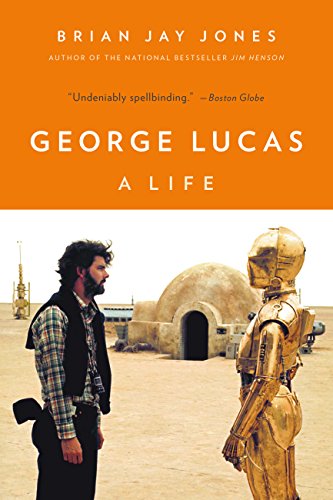

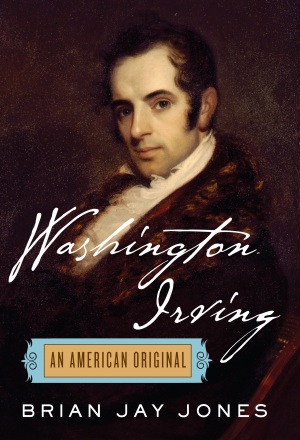

Pingback: Sixty years of Green Eggs and Ham > Seekalgo